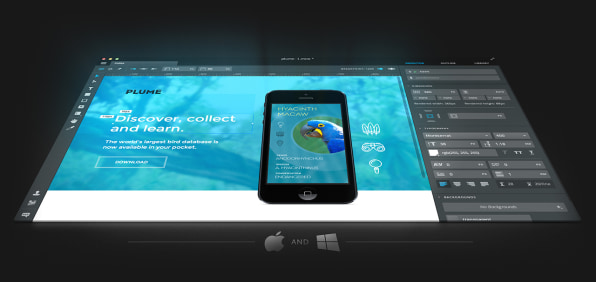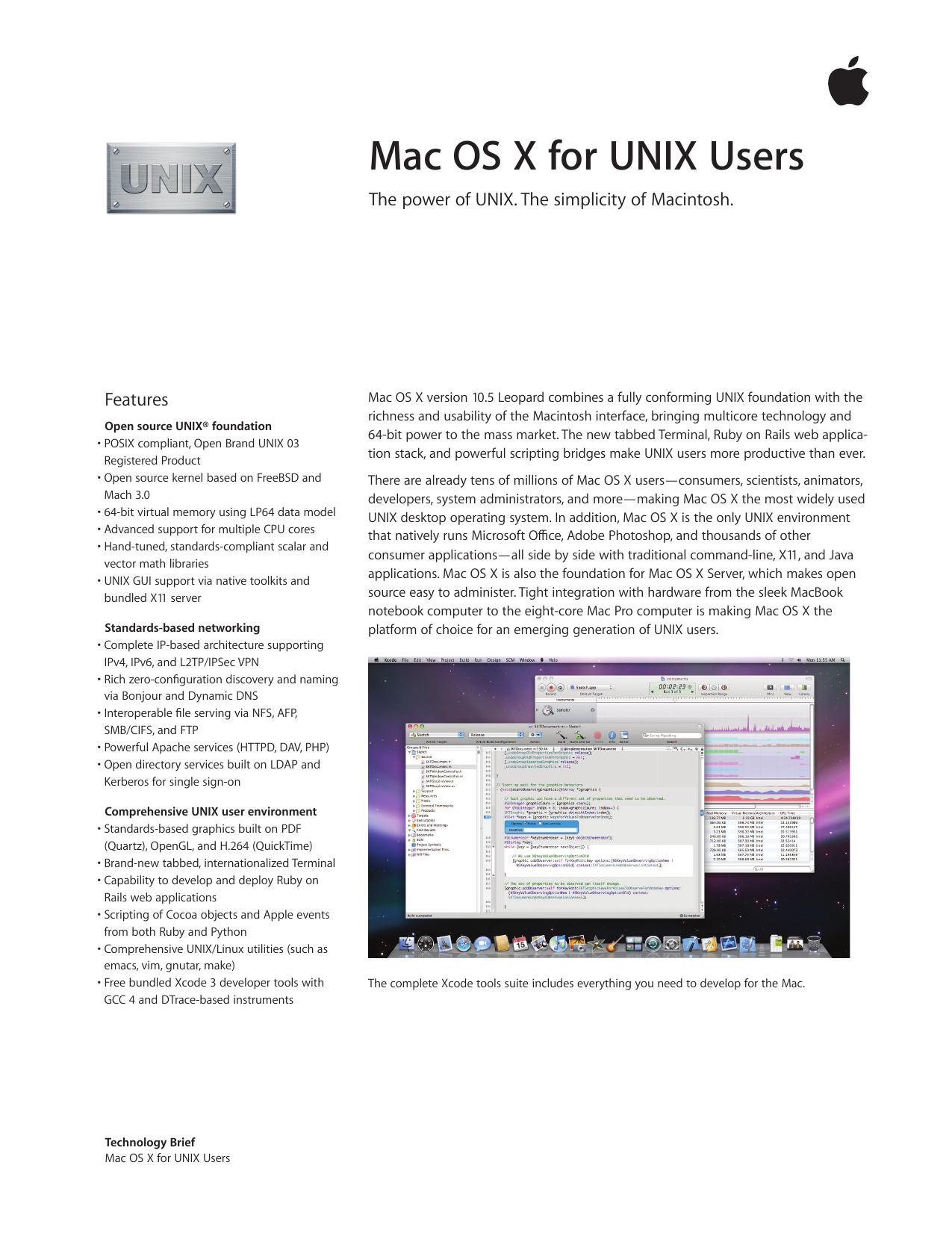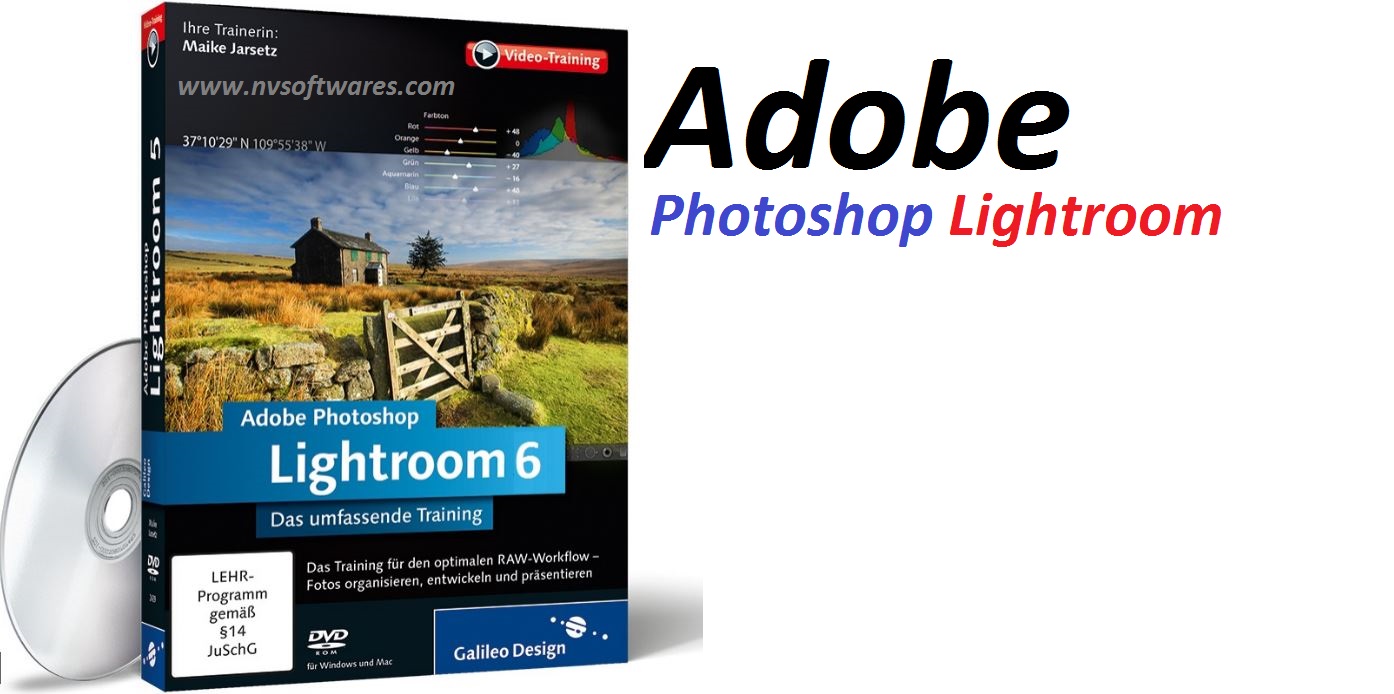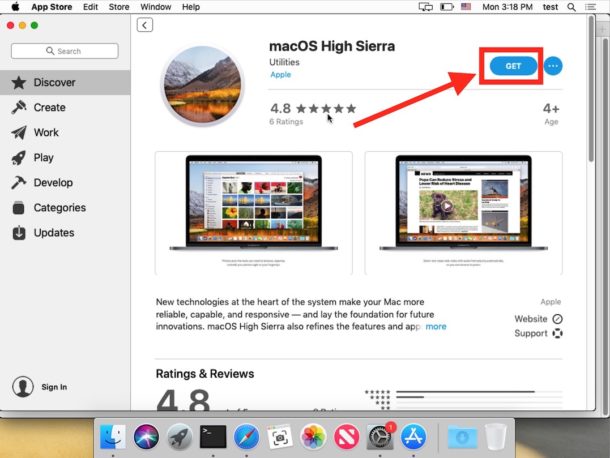- Creating 'Native' Java Applications on Mac OS X. If you develop on Mac OS X you can use the Jar Bundler application to turn jar files into Mac OS X applications. Jar Bundler is distributed with the other developer tools and is located in Developer/Applications/. Start it, select the 'Classpath and Files.
- MAKE A SUPER SIMPLE APPLICATION ON YOUR OWN WITHOUT ANY KNOWLEDGE OF PROGRAMMING LANGUAGE 'The possibilities are endless, keep exploring'! If u face any Prob.
Homebrew, iTerm2, and Visual Studio Code are probably your best bets out of the 31 options considered. 'Quick access to a large repository of open source software' is the primary reason people pick Homebrew over the competition. This page is powered by a knowledgeable community that helps you make an informed decision. With rich experience providing macOS application development services, Apriorit’s dedicated macOS specialists know how to overcome significant challenges when building reliable solutions. We develop advanced applications for current and previous macOS versions, including for Mac OS X.
The OS X operating system combines a stable core with advanced technologies to help you deliver world-class products on the Mac platform. Knowing what these technologies are, and how to use them, can help streamline your development process, while giving you access to key OS X features.
At a Glance
This guide introduces you to the range of possibilities for developing Mac software, describes the many technologies you can use for software development, and points you to sources of information about those technologies. It does not describe user-level system features or features that have no impact on software development.

OS X Has a Layered Architecture with Key Technologies in Each Layer
It’s helpful to view the implementation of OS X as a set of layers. The lower layers of the system provide the fundamental services on which all software relies. Subsequent layers contain more sophisticated services and technologies that build on (or complement) the layers below.
The lower the layer a technology is in, the more specialized are the services it provides. Generally, technologies in higher layers incorporate lower-level technologies to provide common app behaviors. A good rule of thumb is to use the highest-level programming interface that meets the goals of your app. Here is a brief summary of the layers of OS X.
The Cocoa (Application) layer includes technologies for building an app’s user interface, for responding to user events, and for managing app behavior.
The Media layer encompasses specialized technologies for playing, recording, and editing audiovisual media and for rendering and animating 2D and 3D graphics.
The Core Services layer contains many fundamental services and technologies that range from Automatic Reference Counting and low-level network communication to string manipulation and data formatting.
The Core OS layer defines programming interfaces that are related to hardware and networking, including interfaces for running high-performance computation tasks on a computer’s CPU and GPU.
The Kernel and Device Drivers layer consists of the Mach kernel environment, device drivers, BSD library functions (
libSystem), and other low-level components. The layer includes support for file systems, networking, security, interprocess communication, programming languages, device drivers, and extensions to the kernel.
Relevant Chapters:Cocoa Application Layer, Media Layer, Core Services Layer, Core OS Layer, Kernel and Device Drivers Layer
You Can Create Many Different Kinds of Software for Mac
Using the developer tools and system frameworks, you can develop a wide variety of software for Mac, including the following:

Apps. Apps help users accomplish tasks that range from creating content and managing data to connecting with others and having fun. OS X provides a wealth of system technologies such as app extensions and handoff, that you use to extend the capabilities of your apps and enhance the experience of your users.
Frameworks and libraries. Frameworks and libraries enable code sharing among apps.
Command-line tools and daemons. Command-line tools allow sophisticated users to manipulate data in the command-line environment of the Terminal app. Daemons typically run continuously and act as servers for processing client requests.
App plug-ins and loadable bundles. Plug-ins extend the capabilities of other apps; bundles contain code and resources that apps can dynamically load at runtime.
System plug-ins. System plug-ins, such as audio units, kernel extensions, I/O Kit device drivers, preference panes, Spotlight importers, and screen savers, extend the capabilities of the system.
Relevant Chapter:Creating Software Products for the Mac Platform
When Porting a Cocoa Touch App, Be Aware of API Similarities and Differences
The technology stacks on which Cocoa and Cocoa Touch apps are based have many similarities. Some system frameworks are identical (or nearly identical) in each platform, including Foundation, Core Data, and AV Foundation. This commonality of API makes some migration tasks—for example, porting the data model of your Cocoa Touch app—easy.

Other migration tasks are more challenging because they depend on frameworks that reflect the differences between the platforms. For example, porting controller objects and revising the user interface are more demanding tasks because they depend on AppKit and UIKit, which are the primary app frameworks in the Cocoa and CocoaTouch layers, respectively.
See Also
Apple provides developer tools and additional information that support your development efforts.
Xcode, Apple’s integrated development environment, helps you design, create, debug, and optimize your software. You can download Xcode from the Mac App Store.
For an overview of the developer tools for OS X, see the Xcode Apple Developer webpage. For an overview Xcode functionality, read Xcode Overview.
The OS X Developer Library contains the documentation, sample code, tutorials, and other information you need to write OS X apps. You can access the OS X Developer Library from the Apple Developer website or from Xcode. In Xcode, choose Help > Documentation and API Reference to view documents and other resources in the Organizer window.
In addition to the OS X Developer Library, there are other sources of information on developing different types of software for Mac:
Apple Open Source. Apple makes major components of OS X—including the UNIX core—available to the developer community. To learn about Apple’s commitment to Open Source development, visit Open Source Development Resources. To learn more about some specific Open Source projects, such as Bonjour and WebKit, visit Mac OS Forge.
BSD. Berkeley Software Distribution (BSD) is an essential UNIX-based part of the OS X kernel environment. Several excellent books on BSD and UNIX are available in bookstores. But you can also find additional information on any of the websites that cover BSD variants—for example, The FreeBSD Project.
Third-party books. Several excellent books on Mac app development can be found online and in the technical sections of bookstores.
Mac Osx Download Applications
Copyright © 2004, 2015 Apple Inc. All Rights Reserved. Terms of Use | Privacy Policy | Updated: 2015-09-16
macOS Big Sur takes the most advanced operating system in the world to a whole new level of power and beauty, making your apps look better than ever on an all-new interface. New widget features and the new widget gallery help you deliver more value to your users. Adding intelligence to your apps with machine learning is even simpler and more extensive with new tools, models, training capabilities, and APIs. You can create more powerful Mac versions of your iPad apps with Mac Catalyst. And you can now easily bring your extensions to Safari — and to the App Store.
All-new Interface
macOS Big Sur brings a new design that’s been finely tuned for the powerful features that make a Mac a Mac. Core features, such as the menu bar and Dock, take advantage of the large Mac display, with translucent backings and spacious pull-down menus. The new Control Center, designed just for Mac, provides quick access to controls while keeping the menu bar clutter-free. Notification Center puts recent notifications and powerful new widgets together in a single view for at-a-glance information as you work. And a streamlined new design for apps features full-height sidebars and integrated toolbar buttons.
Widgets
Easily build widgets using the WidgetKit framework and the new widget API for SwiftUI. Widgets now come in multiple sizes, and users can visit the new widget gallery to search, preview sizes, and add them to Notification Center to access important details at a glance.
Safari Extensions

With support for the popular WebExtension API, it’s even easier to bring powerful extensions to Safari. Xcode 12 even includes a porting tool to streamline the process.
The new Extensions category on the Mac App Store showcases Safari extensions, with editorial spotlights and top charts to help users discover and download great extensions from the developer community.
Machine Learning
With macOS Big Sur, creating apps that leverage the power of machine learning is even easier and more extensive with additional tools in Core ML for model deployment, new models and training capabilities in Create ML, more APIs for vision and natural language, and improved resources for training on Mac and converting models to Core ML format.
Mac Catalyst
Create even more powerful Mac versions of your iPad apps. Apps built with Mac Catalyst now take on the new look of macOS Big Sur and help you better define the look and behavior of your apps. You can choose to turn off automatic scaling of iPad controls and layout, allowing you to precisely place every pixel on the screen. Provide full control of your app using just the keyboard, take advantage of the updated Photos picker, access more iOS frameworks, and more.
Apple Mac Os X 10.9 Download
User privacy on the App Store.
Later this year, the Mac App Store will help users understand apps’ privacy practices. You’ll need to enter your privacy practice details into App Store Connect for display on your product page.
Universal App Quick Start Program
Get your apps ready for Apple Silicon Macs. Create next-generation Universal apps that take full advantage of the capabilities the new architecture has to offer. Get all the tools, resources, support, and even access to prototype hardware you’ll need. You can also watch a collection of videos from WWDC20 to help you get started.
Tools and resources
Use Xcode 12 beta and these resources to build apps for macOS Big Sur.
